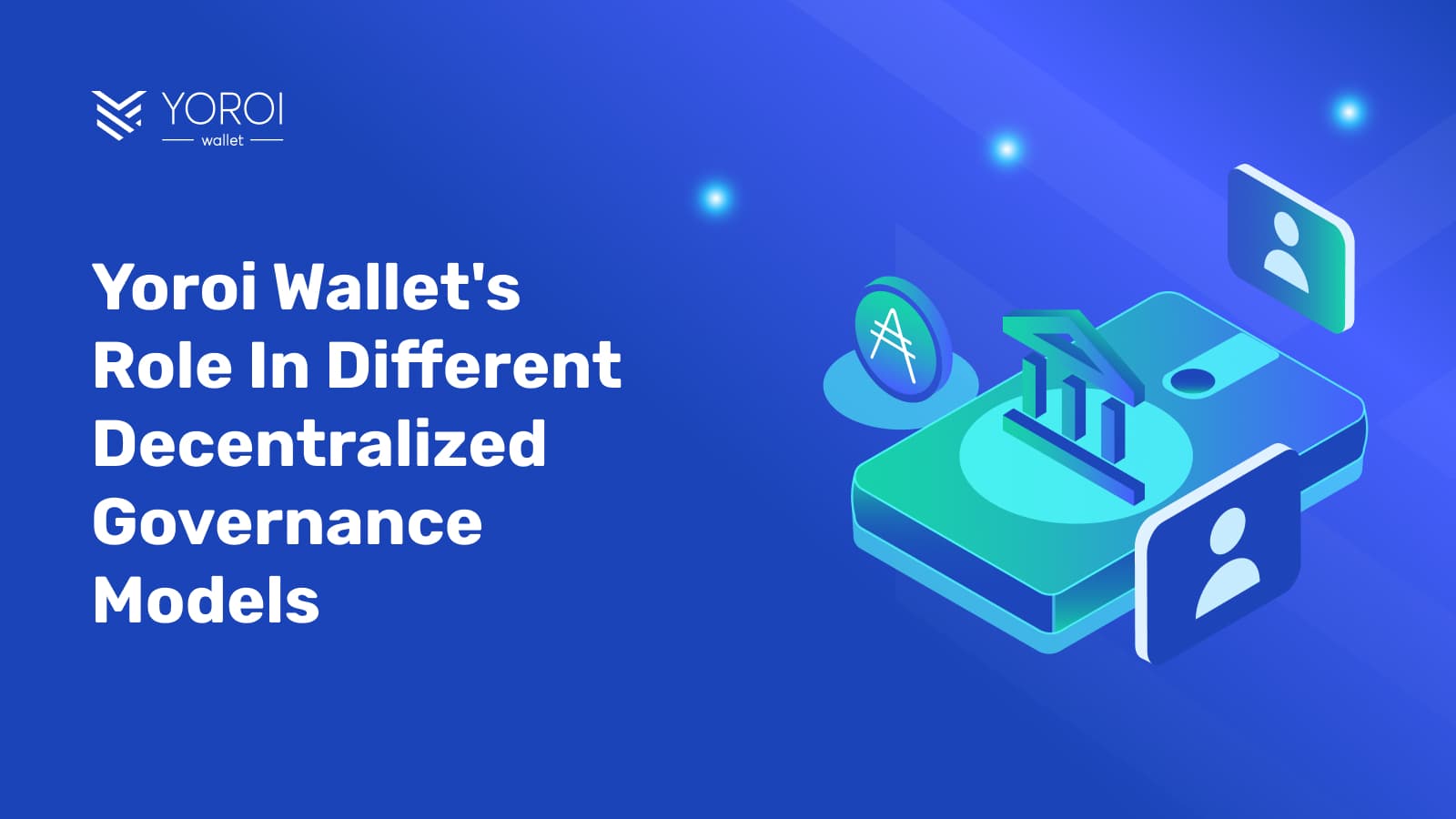Before blockchain technology became more well-known, there was a common belief that suggested that only one blockchain network would ultimately prevail, becoming the dominant platform for all user needs.
The idea was that competition between differing blockchain networks would lead to a winner-takes-all scenario, with everyone coming to eventually rely on a single, universal blockchain network.
However, more are now coming to believe that multiple blockchain networks will coexist, each excelling in different strengths. Instead of one network dominating, a Web3-driven future will likely involve a diverse ecosystem of specialized blockchains.
In this evolving landscape, the need for blockchain interoperability — the ability for different networks to communicate and work together — has become increasingly important. Networks that can interact and communicate with others are better positioned to thrive in a Web3 future with many decentralized applications being built on different blockchains.
Here, we will discuss the five key benefits of blockchain interoperability.
What is a blockchain?
A (decentralized) blockchain network is a distributed ledger that is updated and shared in real time between nodes or servers that anyone can choose to run.
Those electing to run a node use the network’s consensus algorithm to agree on the rules governing the network such as user transaction verification. A greater number of nodes participating helps to further decentralize and secure the network. For their contributions, these participants are typically rewarded in the network’s native cryptocurrency. For example, Bitcoin uses a consensus method called Proof-of-Work (PoW), where participants or miners compete to validate user transactions and add them to the ledger in return for Bitcoin.
The Cardano blockchain uses a different consensus mechanism known as Delegated-Proof-of-Stake (DPoS). In Cardano, participants or validators are selected to validate transactions based on the amount of staking power blockchain users are delegating to the network’s staking pools.
The unique value of decentralized blockchain networks lies in their ability to operate without a centralized authority by utilizing the network’s consensus algorithm. This allows blockchains to create secure and decentralized networks that can provide verified and transparent trust between their users.
Read more: 5 tips to become a Cardano blockchain developer
What is blockchain interoperability?
The number of blockchain networks and the various Web3 applications built on them have grown in adoption over the years. This has led to a greater awareness and push to enable these different blockchain networks to be interoperable or interact with each other, connecting users with applications and products on another network.
In the beginning, several blockchains operated as closed systems to maintain the consistency and security of their own networks. However, this closed-off approach also limited their ability to let users interact with other networks.
Greater awareness and demand for interoperability started partly due to the rising interest in decentralized finance (DeFi). More and more users preferred interoperable blockchains to exchange assets directly without relying on centralized solutions, such as exchanges. Early solutions included atomic swaps which enable direct, trustless exchanges of tokens from different blockchains. Today, interoperability typically involves the usage of technical bridges between networks.
Some of these bridges include:
- Lock-and-Mint Token Bridges: Tokens are locked in a smart contract on the source blockchain, and wrapped versions of these tokens are minted on the destination blockchain.
- Burn-and-Mint Token Bridges: Tokens are burned on the source blockchain, and an equivalent amount is re-minted on the destination blockchain.
- Lock-and-Unlock Token Bridges: Tokens are locked on the source blockchain and then unlocked from a liquidity pool on the destination blockchain.
As the blockchain industry continues to evolve, interoperability will become increasingly crucial. Blockchains that can communicate quickly, cost-effectively, and securely with other networks will hold a significant advantage over networks that remain closed.
Read more: EMURGO partners with Zilliqa Group to enhance network interoperability
5 benefits and uses for blockchain interoperability

Let’s go over some examples of what interoperability can bring to a network:
1) Enhanced liquidity
One challenge is the issue of fragmented liquidity where certain assets are not interoperable between networks. For example, a stablecoin issued on a specific blockchain network can be exclusive to that network and unable to be used on another due to a lack of interoperability.
This leads blockchains to increasingly compete against each other for liquidity and an imbalance of network resources. Interoperability can potentially solve this problem by enabling tokens to move more efficiently between different networks and thereby enhance liquidity. This opens access to a wider range of applications for users.
2) More diversified assets and increased users
As Web3 developers strive to launch decentralized applications (dApps) across multiple blockchain networks to reach a broader audience, they often encounter challenges with token management. Many of these dApps issue their own tokens, which need to be minted and managed on separate blockchain networks where the dApp operates which is a complex and resource-intensive task.
Cross-chain assets can potentially address this issue by allowing developers to maintain a shared pool of tokens that can move between different networks. Developers can manage a single pool of tokens rather than having to deal with separate pools of tokens on different networks. This approach can make it easier and more efficient for developers to achieve their objectives and ensure a consistent supply across various networks.
NFTs also have the potential to be adopted more widely with greater interoperability. The media associated with them, in most cases, is already in a decentralized storage network. In some cases, the metadata of the NFT is also external to the blockchain. A cross-chain NFT would allow a network to migrate the metadata on the NFT from the original blockchain to a new one. This opens new use cases where NFTs can be bridged and retain their uniqueness between several different blockchains.
This could be especially powerful for real-world tokenized assets (RWAs). Much like with many other digital assets, RWAs cannot be in two networks at the same time creating a zero-sum game. Interoperability allows these tokens to quickly move from one chain to the other and expand use cases for the tokens.
3) Enhanced inter-blockchain communication
Oracles can enhance interoperability and contribute to a more interconnected experience for dApp users and developers by enabling much-needed data exchange between blockchains.
Blockchains are typically closed systems where they are unable to directly access external information outside of their respective networks. To bridge this gap, oracles are used to connect outside data to a particular blockchain network.
Oracles can also facilitate communication between different blockchains. For example, oracles can help send information from one blockchain to another. Oracles are capable of supporting cross-chain messaging which makes interoperable ones more preferable than oracles limited to a single network.
4) More flexible payments and collateral use
Blockchain application users and developers are increasingly wanting the ability to make payments using tokens from different networks. These sorts of cross-chain payments enable users to spend tokens from one blockchain as payment within a dApp on another blockchain.
This interoperability can also extend to using tokens from one network as collateral on a different blockchain. With more flexibility regarding cross-chain payments and the use of collateral across networks, users can interact more with DeFi applications on a different blockchain without first needing to purchase its native cryptocurrency or tokens.
5) Greater economic security
Interoperability can enhance the economic security of a blockchain network by diversifying its assets, and users, and adding liquidity. When a blockchain can connect and collaborate with multiple networks, it reduces the risk of economic vulnerabilities that may arise from being closed off with a lack of users and needed liquidity.
With more assets, users, and liquidity in a network providing greater security due to interoperability, developers and users can be naturally incentivized to build and adopt more products and services on that particular network.
This can not only strengthen the overall stability of individual blockchains but also contribute to a more secure blockchain ecosystem as a whole through increased adoption.
Follow EMURGO for more blockchain and Web3-related content
Follow EMURGO on X and LinkedIn to receive regular blog content on blockchain and Web3-related topics.
About EMURGO
- Official Homepage: emurgo.io
- X (Global): @EMURGO_io
- YouTube: EMURGO channel
- LinkedIn: @EMURGO_io
Disclaimer
You should not construe any such information or other material as legal, tax, investment, financial, or other advice. Nothing contained herein shall constitute a solicitation, recommendation, endorsement, or offer by EMURGO to invest.



